Ancient Egypt has come to Taiwan in one of the most ambitious exhibitions of Egyptian artifacts to go on display in this country. Quest for Immortality — The Hidden Treasure of Ancient Egypt, which opened at the Chiang Kai-shek Memorial Hall (中正紀念堂) on Sunday, features 268 items that date from 4000 BC to 800 AD, and illustrates “life before the pharaohs, fashion, religious beliefs, monuments, the afterlife and the daily life of the people of ancient Egypt.”
The very wide scope of the exhibition — as described in a press release issued by the Bolton Museum, which contributed over 200 items of the exhibition — is both a weakness and a strength. The show feels diffuse, with items ranging across 5,000 years of history and encompassing the lives of both everyday people and living gods. While there are many eye-catching items on display, it is not easy to come to grips with the show, either in terms of chronology or individual themes. A static picture of ancient Egyptian life over nearly five millenniums is built up in broad brushstrokes.
On the other hand, this scattergun approach means there is plenty of variety, and while there are the inevitable inscriptions and broken portions of pillars of limited visual interest, there are plenty of other things that are fascinating to the general viewer. I cannot imagine anyone, especially younger visitors, not being entranced by a small display of the importance of pets in ancient Egypt, which includes a preserved crocodile and a mummified cat.
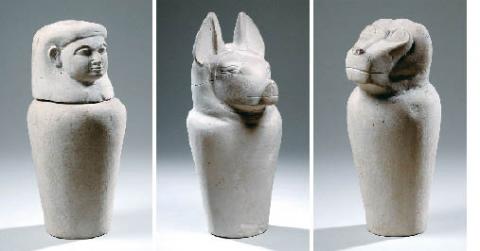
Photo Courtesy of Mediasphere
Of course, given the title of the show, there is a significant emphasis on the pharonic infatuation with death and the afterlife, including some spectacular items of funerary kit. The highlights of the show include a number of well-preserved mummies. Some are still wrapped in their linen shrouds, but others, of macabre interest, are free from their bandages and visible in all their unadorned humanity. A Ramesside mummy dated to the 19th Dynasty (1295 BC to 1186 BC) is a remarkable object, both to look at and to learn about. The blackened figure is now thought to be a son of the powerful pharaoh Ramesses II, having been identified as such in 2008 after spending nearly 80 years as part of Bolton Museum’s permanent collection, believed to be nothing more than the preserved body of a temple dancer. Another highlight is the full-scale reconstruction of the burial chamber of the tomb of Thutmose III, which provides a hint of the dark, dank underground spaces covered in mystic symbols that the preserved corpses of the powerful in ancient Egypt resided in, supposedly for eternity.
All this is solemn stuff, but it was interesting to see on Monday that an elderly Taiwanese lady was demanding detailed explanations of the burial practices and comparing them to complicated Chinese funerary practices with which she was clearly quite familiar. The Ramesside mummy mentioned above may have been dead for more than 3,000 years, but the concerns with the afterlife and the correct means of ensuring a proper transition from one world to the next are very much alive.
Contextual information is available in English and Chinese on placards, and further explanations of the exhibits are provided through audio and graphic-enabled handsets that can be rented at the entrance to the show. The written information about individual items is printed small and rather sparse, and given the dim lighting of the exhibition area, is often quite difficult to read. Considerable effort has gone into educating visitors about individual objects, and when necessary, showing how these objects link up with the ancient Egyptians’ views of life and death.
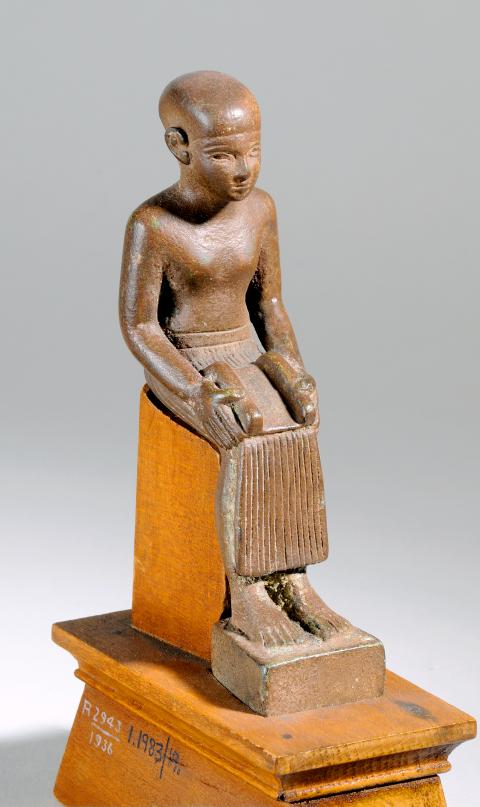
Photo Courtesy of Mediasphere
Unfortunately, despite taking up two exhibition halls, the curators have seen fit to squeeze the displays along tortuous corridors that seem to be mimicking the underground passages of a pyramid, and with large crowds engaged with the various textual, audio and visual information aids, bottlenecks quickly form. Crowding is inevitable in such a popular exhibition, and the conceit of the underground labyrinth is likely to aggravate this problem.
While Quest for Immortality is perhaps not the most meticulously put together exhibition of Egyptian artifacts imaginable, it is both educational and enjoyable as a panorama of life and an antidote to Brendan Fraser’s series of The Mummy movies.
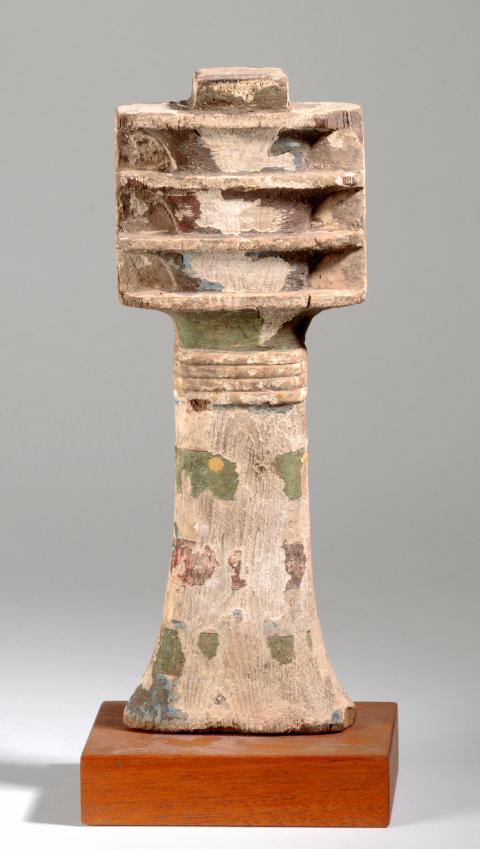
Photo Courtesy of Mediasphere

Photo Courtesy of Mediasphere
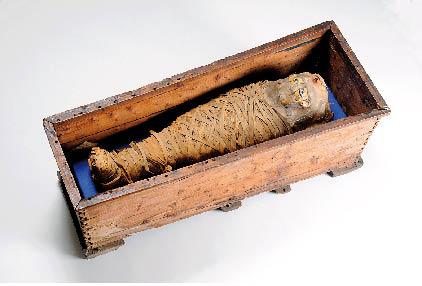
Photo Courtesy of Mediasphere

Taiwan can often feel woefully behind on global trends, from fashion to food, and influences can sometimes feel like the last on the metaphorical bandwagon. In the West, suddenly every burger is being smashed and honey has become “hot” and we’re all drinking orange wine. But it took a good while for a smash burger in Taipei to come across my radar. For the uninitiated, a smash burger is, well, a normal burger patty but smashed flat. Originally, I didn’t understand. Surely the best part of a burger is the thick patty with all the juiciness of the beef, the
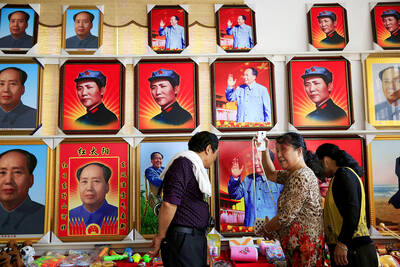
The ultimate goal of the Chinese Communist Party (CCP) is the total and overwhelming domination of everything within the sphere of what it considers China and deems as theirs. All decision-making by the CCP must be understood through that lens. Any decision made is to entrench — or ideally expand that power. They are fiercely hostile to anything that weakens or compromises their control of “China.” By design, they will stop at nothing to ensure that there is no distinction between the CCP and the Chinese nation, people, culture, civilization, religion, economy, property, military or government — they are all subsidiary

This year’s Miss Universe in Thailand has been marred by ugly drama, with allegations of an insult to a beauty queen’s intellect, a walkout by pageant contestants and a tearful tantrum by the host. More than 120 women from across the world have gathered in Thailand, vying to be crowned Miss Universe in a contest considered one of the “big four” of global beauty pageants. But the runup has been dominated by the off-stage antics of the coiffed contestants and their Thai hosts, escalating into a feminist firestorm drawing the attention of Mexico’s president. On Tuesday, Mexican delegate Fatima Bosch staged a
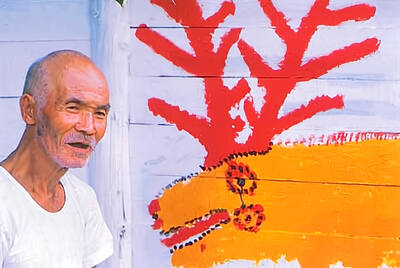
Nov.10 to Nov.16 As he moved a large stone that had fallen from a truck near his field, 65-year-old Lin Yuan (林淵) felt a sudden urge. He fetched his tools and began to carve. The recently retired farmer had been feeling restless after a lifetime of hard labor in Yuchi Township (魚池), Nantou County. His first piece, Stone Fairy Maiden (石仙姑), completed in 1977, was reportedly a representation of his late wife. This version of how Lin began his late-life art career is recorded in Nantou County historian Teng Hsiang-yang’s (鄧相揚) 2009 biography of him. His expressive work eventually caught the attention